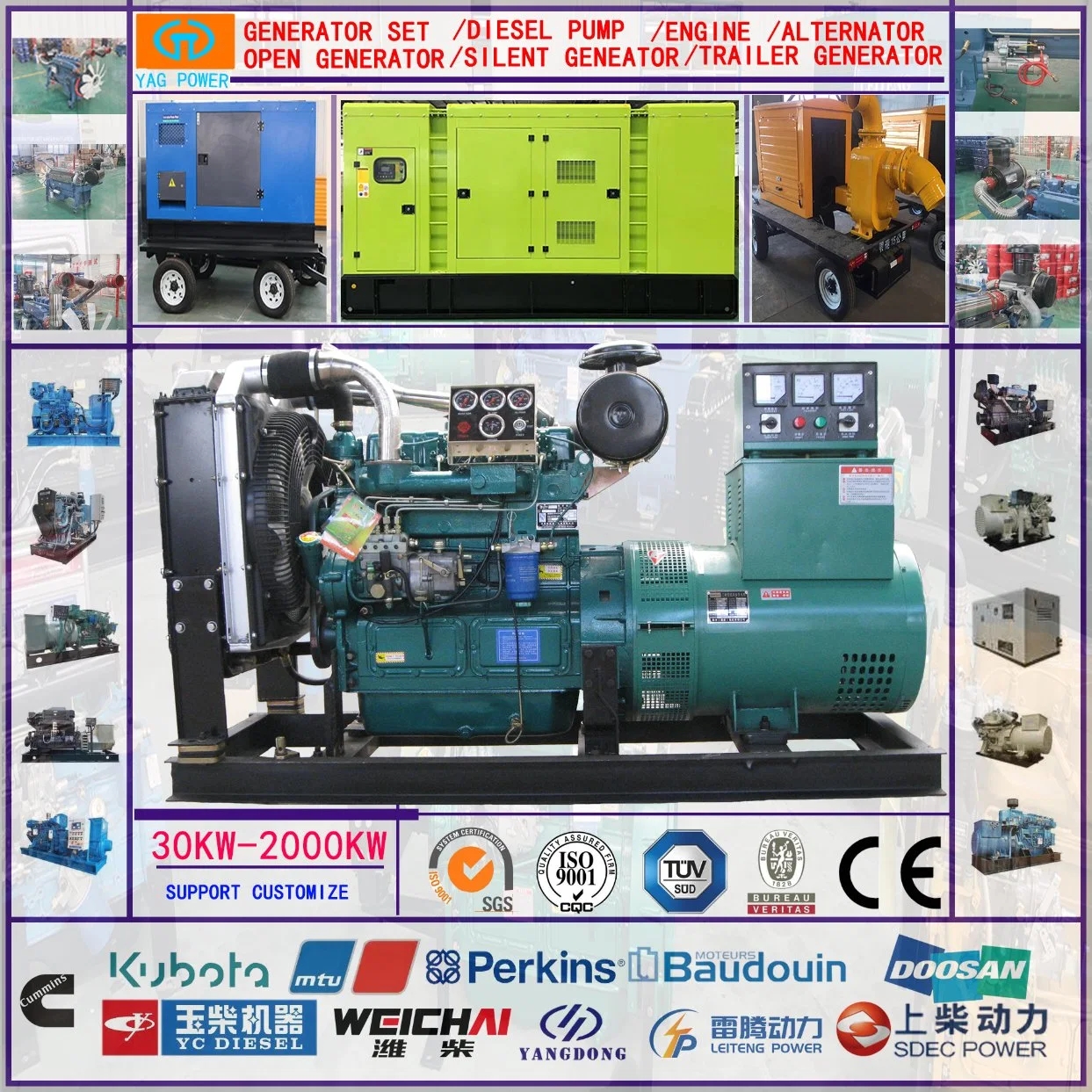Introduction
Diesel generators are crucial in providing backup power in regions where electricity supply is unreliable or during emergencies such as natural disasters. In hot climates, the performance and efficiency of diesel generators can be significantly affected due to the challenges posed by high temperatures and extreme weather conditions. This article aims to explore the impact of hot climates on diesel generators and provide insights on how to optimize their performance in such environments.
Understanding the Challenges of Hot Climates
Hot climates present a unique set of challenges for diesel generators, which can affect their overall performance and longevity. The most significant challenges faced by diesel generators in hot climates include:
1. Heat Dissipation: High temperatures can lead to increased heat generation within the diesel generator, affecting its cooling system and overall efficiency. Excessive heat can also cause components to degrade faster, leading to potential breakdowns and reduced lifespan.
2. Air Intake Temperature: Hot climates can result in higher air intake temperatures, which can negatively impact the combustion process in the diesel engine. This can lead to decreased power output and increased fuel consumption.
3. Dust and Debris: Hot and arid climates are often accompanied by dust storms and high levels of airborne debris, which can clog air filters and reduce the efficiency of the diesel generator's intake system. This can lead to decreased airflow and engine performance.
4. Corrosion: High temperatures and humidity levels in hot climates can accelerate the corrosion of metal components in the diesel generator, leading to increased maintenance requirements and potential system failures.
Optimizing Diesel Generators for Hot Climates
To overcome the challenges posed by hot climates and ensure the reliable performance of diesel generators, several optimization strategies can be implemented. These strategies aim to enhance the efficiency, reliability, and longevity of diesel generators operating in hot climate conditions. Some of the key optimization techniques include:
1. Proper Sizing and Selection: One of the fundamental aspects of optimizing a diesel generator for hot climates is ensuring that the generator is properly sized and selected based on the specific power requirements of the application. Undersized generators may be prone to overheating and reduced efficiency, while oversized generators can lead to increased fuel consumption and unnecessary wear and tear.
2. Enhanced Cooling Systems: Upgrading the cooling system of the diesel generator is essential for maintaining optimal operating temperatures in hot climates. This can include installing additional cooling fans, improving airflow around the generator, and using high-quality coolant to dissipate heat more effectively.
3. Regular Maintenance and Inspections: Implementing a comprehensive maintenance schedule is crucial for ensuring the longevity and reliability of diesel generators in hot climates. Regular inspections of components such as air filters, coolant levels, and fuel systems can help identify potential issues early and prevent costly breakdowns.

4. 200kw diesel generator for industrial applications : In hot climates, it is important to optimize the air intake system of the diesel generator to ensure a consistent supply of clean and cool air to the engine. This can involve installing air filters with higher dust-holding capacities, using pre-filters to remove large particles, and maintaining proper airflow to prevent overheating.
5. Fuel Quality and Stability: Hot climates can accelerate the degradation of diesel fuel, leading to issues such as microbial growth, fuel instability, and clogged fuel filters. Ensuring the use of high-quality, stabilized fuel and implementing proper fuel storage practices can help mitigate these risks and maintain the efficiency of the diesel generator.
6. Corrosion Protection: To prevent corrosion of metal components in the diesel generator, it is important to implement corrosion protection measures such as coating surfaces with anti-corrosion agents, using stainless steel or corrosion-resistant materials, and regularly inspecting for signs of corrosion.
7. Remote Monitoring and Control: Implementing remote monitoring and control systems for diesel generators operating in hot climates can help in real-time tracking of performance metrics, detecting potential issues, and initiating preventive maintenance actions. This can enhance the reliability and efficiency of the generator while minimizing downtime.
Conclusion
Diesel generators play a critical role in providing backup power in hot climates, where electricity supply can be unreliable or prone to disruptions. By understanding the unique challenges posed by hot climates and implementing the optimization strategies discussed in this article, operators can ensure the reliable performance and longevity of diesel generators in such environments. Proper sizing and selection, enhanced cooling systems, regular maintenance, air intake system optimization, fuel quality management, corrosion protection, and remote monitoring are essential considerations for optimizing diesel generators for hot climates. By incorporating these strategies, operators can mitigate the impact of high temperatures and extreme weather conditions on diesel generators, ensuring continuous and efficient power supply in challenging environments.
